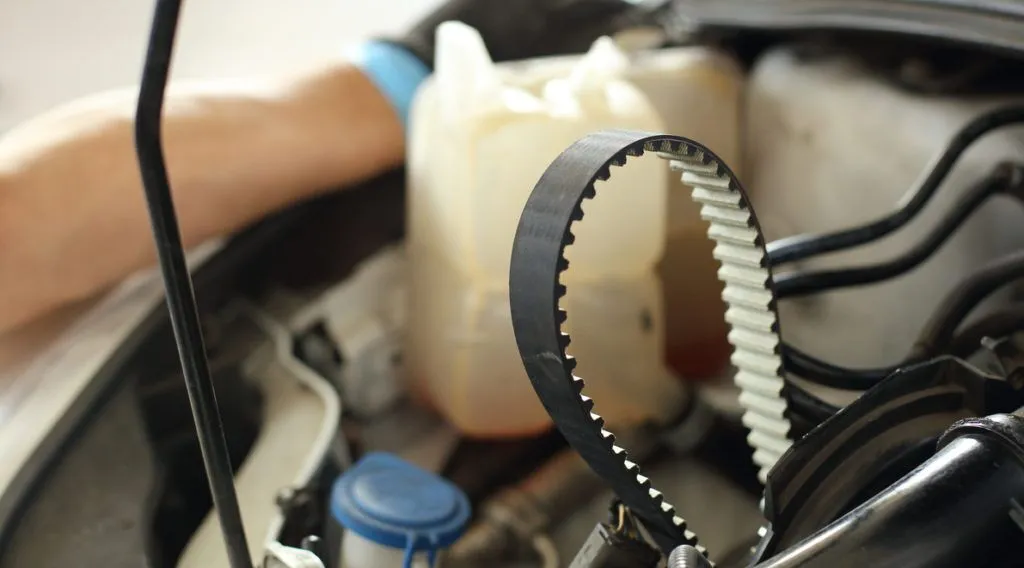- Arabic
- French
- Russian
- Spanish
- Portuguese
- Turkish
- Armenian
- English
- Albanian
- Amharic
- Azerbaijani
- Basque
- Belarusian
- Bengali
- Bosnian
- Bulgarian
- Catalan
- Cebuano
- Corsican
- Croatian
- Czech
- Danish
- Dutch
- Afrikaans
- Esperanto
- Estonian
- Finnish
- Frisian
- Galician
- Georgian
- German
- Greek
- Gujarati
- Haitian Creole
- hausa
- hawaiian
- Hebrew
- Hindi
- Miao
- Hungarian
- Icelandic
- igbo
- Indonesian
- irish
- Italian
- Japanese
- Javanese
- Kannada
- kazakh
- Khmer
- Rwandese
- Korean
- Kurdish
- Kyrgyz
- Lao
- Latin
- Latvian
- Lithuanian
- Luxembourgish
- Macedonian
- Malgashi
- Malay
- Malayalam
- Maltese
- Maori
- Marathi
- Mongolian
- Myanmar
- Nepali
- Norwegian
- Norwegian
- Occitan
- Pashto
- Persian
- Polish
- Punjabi
- Romanian
- Samoan
- Scottish Gaelic
- Serbian
- Sesotho
- Shona
- Sindhi
- Sinhala
- Slovak
- Slovenian
- Somali
- Sundanese
- Swahili
- Swedish
- Tagalog
- Tajik
- Tamil
- Tatar
- Telugu
- Thai
- Turkmen
- Ukrainian
- Urdu
- Uighur
- Uzbek
- Vietnamese
- Welsh
- Bantu
- Yiddish
- Yoruba
- Zulu
Nov . 09, 2024 20:47 Back to list
Understanding the Importance of Automotive Rubber Timing Belts in Engine Performance
Understanding Auto Rubber Timing Belts Importance, Function, and Maintenance
The timing belt is a crucial component in the functionality of an automobile, particularly in vehicles equipped with internal combustion engines. Auto rubber timing belts play a significant role in ensuring that the engine’s valves open and close at the correct intervals, synchronized with the piston's movements. Understanding their importance, function, and maintenance can greatly influence vehicle performance and longevity.
The Role of the Timing Belt
At the heart of an engine's operation is the delicate coordination between the crankshaft and camshaft. The timing belt connects these two essential components. When the crankshaft rotates, it drives the timing belt, which in turn rotates the camshaft. This synchronization allows the engine to operate efficiently, ensuring that the intake and exhaust valves are opened and closed precisely in rhythm with the pistons. Any disruption in this synchronization due to a belt failure can lead to severe engine damage, often referred to as a “catastrophic failure.”
Rubber timing belts are commonly made from reinforced rubber and may also incorporate various materials like nylon and fiberglass to enhance their strength and durability. While they offer good performance, these belts are not designed to last forever. Regular maintenance and timely replacement are essential to prevent unexpected breakdowns.
Importance of Maintenance
One of the key aspects of vehicle maintenance is the regular inspection and replacement of the timing belt. Most manufacturers recommend changing the timing belt every 60,000 to 100,000 miles, but this can vary based on the specific vehicle model and driving conditions. It’s important for vehicle owners to consult their owner’s manual and adhere to the manufacturer's guidelines.
auto rubber timing belt

Ignoring the condition of the timing belt can lead to serious repercussions. If a belt snaps while the engine is running, the consequences can be disastrous. The pistons and valves may collide, resulting in bent valves, damaged pistons, and potentially crippling the engine. This scenario can lead to costly repairs or even the need for a complete engine replacement.
Signs Your Timing Belt May Need Replacement
Being aware of the symptoms of a failing timing belt can save drivers from future headaches. Some warning signs include
- Engine Noise If you hear a high-pitched squeal or grinding noise coming from the engine, it may indicate that your timing belt is worn or loose. - Engine Misfires If the timing belt is not functioning correctly, it can cause the engine to misfire or run poorly. - Oil Leaks A timing belt cover may leak oil if the belt is worn out, indicating it might be time for a replacement. - Dashboard Warning Lights Keep an eye on the check engine light; if it illuminates without an obvious reason, it’s a good idea to have the timing belt inspected.
Conclusion
The timing belt is an essential component of a vehicle’s engine system, playing a vital role in the engine’s operation. Auto rubber timing belts require careful attention, as neglecting them can lead to severe engine damage and expensive repairs. Regular maintenance, including inspections and timely replacements, ensures that the timing belt performs optimally. By understanding its function and importance, vehicle owners can take proactive measures in automotive care, ultimately leading to improved vehicle performance and reliability. Investing time in proper maintenance can save not only money in repairs but also unexpected emergencies on the road. A well-maintained timing belt is key to a smooth and reliable driving experience.
-
Korean Auto Parts Timing Belt 24312-37500 For Hyundai/Kia
NewsMar.07,2025
-
7PK2300 90916-T2024 RIBBED BELT POLY V BELT PK BELT
NewsMar.07,2025
-
Chinese Auto Belt Factory 310-2M-22 For BMW/Mercedes-Benz
NewsMar.07,2025
-
Chinese Auto Belt Factory 310-2M-22 For BMW/Mercedes-Benz
NewsMar.07,2025
-
90916-02660 PK Belt 6PK1680 For Toyota
NewsMar.07,2025
-
drive belt serpentine belt
NewsMar.07,2025

